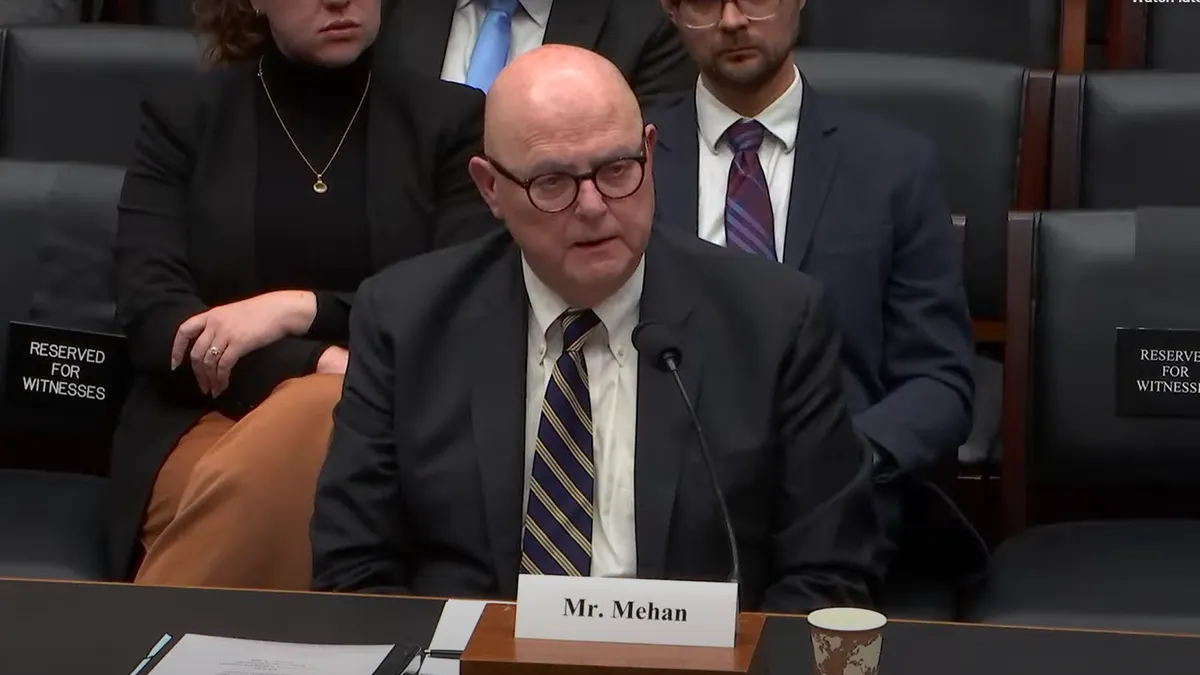Old corrugated cardboard (OCC), seen as one of the last reliably profitable commodities by service providers in many markets, may have become the latest casualty of China's new scrap policies.
Average U.S. export prices for the material began to decline in July and were down 5% in August and 17% in September, according to RISI.
"It’s a very significant price drop and it’s mainly because of China," said Hannah Zhao, senior economist for recovered paper at RISI. Bloomberg and other sources have reported even steeper regional drops in export prices.
Though OCC wasn't listed among the banned materials in China's July filing to the World Trade Organization, it is still subject to the new 0.3% contamination standard and has been more immediately affected by a shortage of import permits. Starting in May, the Chinese government has been restricting or revoking recovered paper permits and may not begin issuing new ones until later this year. Recovered OCC prices in China have nearly doubled as domestic demand increases.
All of these factors have already left some paper-carrying container ships with nowhere to go and caused various grades of paper to accumulate in Hong Kong, as reported by Reuters. Anecdotal reports about OCC stockpiling on both U.S. coasts have also been circulating. This is seen as a risky proposition, especially if OCC bales aren't being stored indoors with proper climate control.
"Trying to hit the market head on is kind of like taking the Vegas casino head on. The house is going to win if you try to play this war of attrition," said Bernie Lee, a research analyst for the Institute of Scrap Recycling Industries (ISRI).
As with anything in the commodities market, comparisons can be difficult and prediction may be futile. Depending on the source, this latest drop is the worst since 2011, 2008 or even 1995.
RISI data shows that prices actually dipped more sharply in April, after an extended increase that peaked in March, but the timing of this latest shift is seen as one of its most surprising elements. The traditional drop in demand wasn't expected by some until closer to China's Lunar New Year in February. Some level of OCC demand is still expected around this time of year to fulfill the needs of upcoming events such as e-commerce company Alibaba's big online shopping day in November and the traditional December holiday season.
"Trying to hit the market head on is kind of like taking the Vegas casino head on. The house is going to win if you try to play this war of attrition."

Bernie Lee
Research analyst, Institute of Scrap Recycling Industries
Another reason this is coming as a surprise is that the full scope and consequence of China's new multi-faceted scrap import policy still isn't fully understood. Even though the import permits tightened earlier this year, some may have seen that as part of the broader National Sword smuggling crackdown. Some OCC may have also been getting shipped in mixed paper containers. Once China's July WTO filing came many in the industry were also focused on what that would mean for mixed paper and mixed plastic — still a pressing concern — rather than focusing on OCC. Though in hindsight, some see the strong prices for OCC earlier this year as a sign that Chinese mills may have known what was coming and stocked up ahead of time.
Looking ahead, industry associations continue to work on gaining clarity and buying time from Chinese officials. The general topic of scrap import policy was also said to be on the agenda during Secretary of Commerce Wilbur Ross' recent trade visit to the country. It could come up again when President Trump travels there next month.
In the meantime, this OCC news has added further urgency to the discussion around reducing contamination and refining sorting practices in the recycling system. Ripple effects are already being felt in some municipalities and many more are expected.
"I think this may generate additional impetus for 'zero waste' programs and waste reduction efforts, not merely figuring out where the market is for this material," said David Biderman, CEO of the Solid Waste Association of North America.
Biderman, like many of his industry association colleagues, has also called for MRF operators to take extra care with the quality of their bales while working to educate Chinese officials about realistic expectations on contamination specifications. Amid all of this discussion there have been some concerns about material potentially getting sent to landfills or waste-to-energy facilities. Prices may be down, but the general consensus is that the U.S. landscape hasn't reached that point yet.
"Material moves, but sometimes the movement is more painful than at other times. Sometimes the margins are much thinner and you’ve got to work harder to find places to move them to," said Chaz Miller, director of policy and advocacy for the National Waste & Recycling Association.
For now, domestic OCC prices in the U.S. have remained more stable according to RISI data and other industry sources. Depending on the region, MRFs may find some options on that front. Yet many of the service providers, brokers and buyers that have long relied on Chinese markets are still hoping for an OCC comeback.
This could happen when new import permits are issued toward the end of the year, or perhaps earlier if the Chinese government heeds complaints from its paper mills about high domestic prices. Or those mills could start sourcing more virgin pulp. Or manufacturers in China could start sourcing more finished containerboard and circumvent the recycling process entirely. Or new Southeast Asian markets such as Vietnam could take off faster than expected to fill the gap.
No one knows what will happen, but all agree that a return to the status quo is unlikely. The trick now is to predict what the new normal will look like.
"It's a huge logistical labyrinth," said Lee. "Whoever figures it out the best will be the one that makes the most money."


















